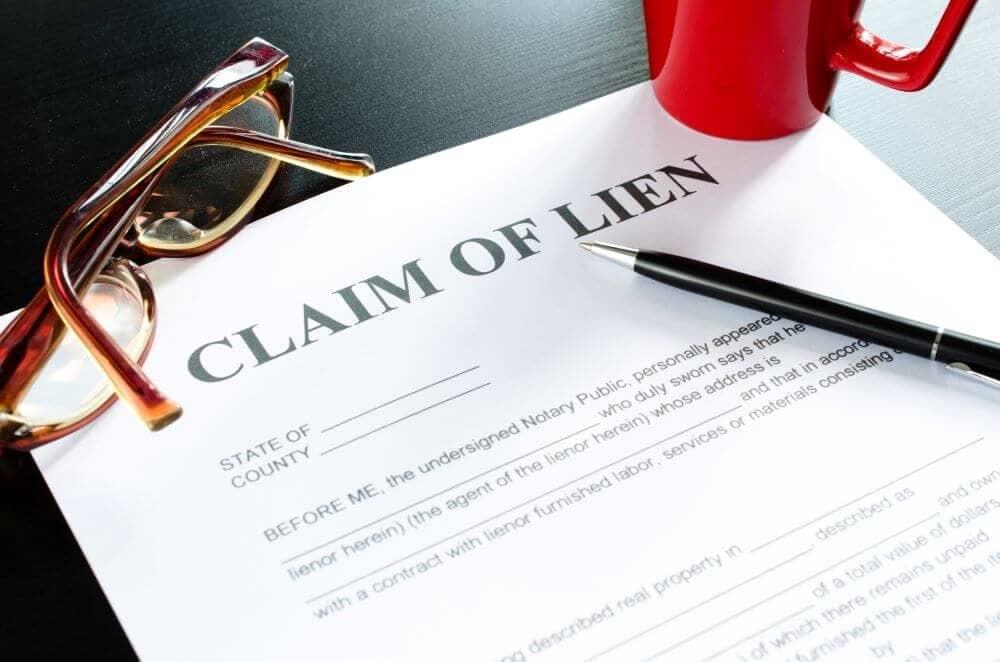What is a lien on a property?


A lien is a legal claim to assets used to secure the repayment of a debt or loan.
When a lien is put on a house, for example, creditors gain a legal right to pursue the property if the scheduled payments of a loan go unmet.
The homeowner does have the opportunity to fully repay the debt or loan, but the lien allows the creditor to take legal possession of the property and eventually sell the asset back on the market if the terms of the obligation are not met.
Every type of mortgage will effectively place a lien on your property. This motivates the borrower to meet the obligations of a loan, while providing the lender with a path to recoup their money if the borrower fails to repay the debt.
When a lien is put on an asset, that asset can’t be sold by the original owner until the debt pertaining to the lien is paid off. After the repayment of a loan, the lien is removed, and full possession of the asset returns to the original owner.
There are several types of liens and different contexts where one is necessary, either as a personal financial decision or from the result of a court order. Voluntary liens are typically put in place by the borrower to secure a loan (usually used in mortgages or personal loans), while involuntary liens are the result of legal action against the borrower for failure to make contracted payments or for specific performance.
Different types of liens
There are several types of liens that could be placed on a property for a variety of reasons. The three primary types of liens are:
- Tax Liens
- Bank Liens
- Judgement Liens
What is a tax lien?
Tax authorities also have the power to impose liens on property, usually as the result of unpaid property taxes or income taxes.
If an individual has a history of unpaid taxes and doesn’t show an intent to repay those owed taxes, they could be subject to liens from the Internal Revenue Service or a local taxing body.
These involuntary liens can be placed on the taxpayer’s home, vehicle, business assets or bank accounts.
What is a bank lien?
When securing a loan to purchase a home, borrowers will often voluntarily put existing assets up as collateral. The lending organization will then place a lien on that asset. If the borrower fails to fulfill their end of the loan agreement, the lender will seize and resell the asset to pay the remainder of the loan.
Bank liens can also be placed on assets to secure auto loans, small business or personal loans. Just like with a mortgage, banks can repossess the property if the borrower’s payments don’t come through.
What is a judgement lien?
A judgement lien is an example of an involuntary lien. Judgement liens are typically the result of a court order or lawsuit in which the defendant is granted ownership of assets in order to be paid back in full.
For example, a judgement line could be an outcome of a civil court case. If one party is found to be responsible for property damage or loss of income for someone else, their personal assets could be put up as collateral to satisfy the judgment.

What is a lien’s impact on credit?
If a lien is placed voluntarily, it will not adversely impact the borrower’s credit, so long as scheduled debt repayments are made on time. Consensual liens do show up on credit reports, but will not negatively impact a credit score unless the collateral is seized by the lender.
Involuntary liens, usually the result of government action or court order, will have a negative impact on your credit score, as they indicate a history of failure to repay debts. Lenders will file lien reports and records of nonpayment to credit agencies, which will negatively impact credit scores as a result. Judgement liens remain on credit reports for seven years.
How are liens released?
Once all debts are paid in full, creditors no longer have a claim to the asset and the lien is released. Following the debt’s repayment, borrowers are provided with a “release of lien” statement from their lender, which officially documents the end of an asset’s lien and returns ownership to the borrower. The “release of lien” is also generally recorded in the public records to show the property or asset is now owned free and clear.
Can you sell a house with a lien on it?
A home with lien on it isn’t owned by a sole entity and the decision to sell can’t be made by one party alone.
You should always be well aware of your seller’s ownership status before deciding on a home. Without the proper due diligence, unanticipated disputes could arise due to unsatisfied liens related to the home. That’s why most lenders will require a property title search to be sure the home is clear of any liens and is available for sale.
A property title search is a thorough review of any documents or public records that pertain to the property. Previous owners who may have encountered a bankruptcy or divorce could have had their ownership status in the home altered. This would impact the seller’s ability to sell. By taking a full-scope look at the property’s ownership past, buyers can be certain that the seller is legally capable of moving forward without interruption from an invested third party.
In conclusion
Liens might seem like a negative aspect of financing, but anyone with a mortgage has a lien on their house put there by their lender. These liens help homeowners finance the home’s purchase and build equity over time.
While they can be a result of court order, not all liens are created equally. It is important for prospective homebuyers to understand what a lien entails and how it can help them accomplish their home buying goals.
Powered by Froala Editor




